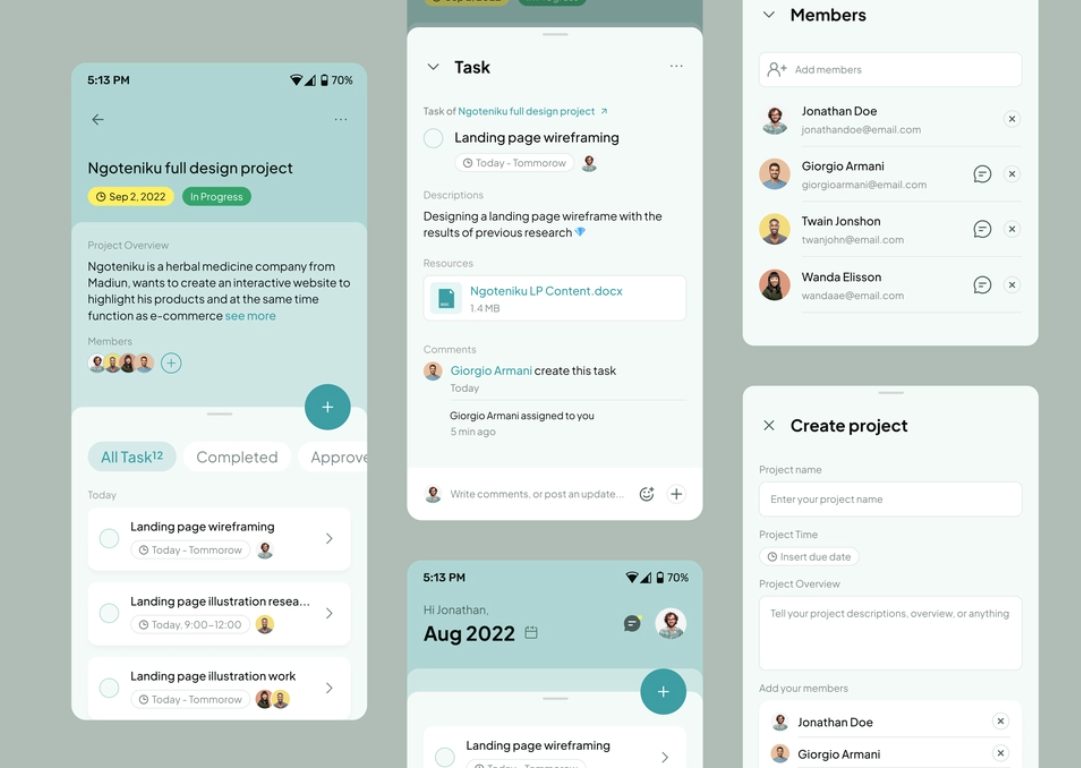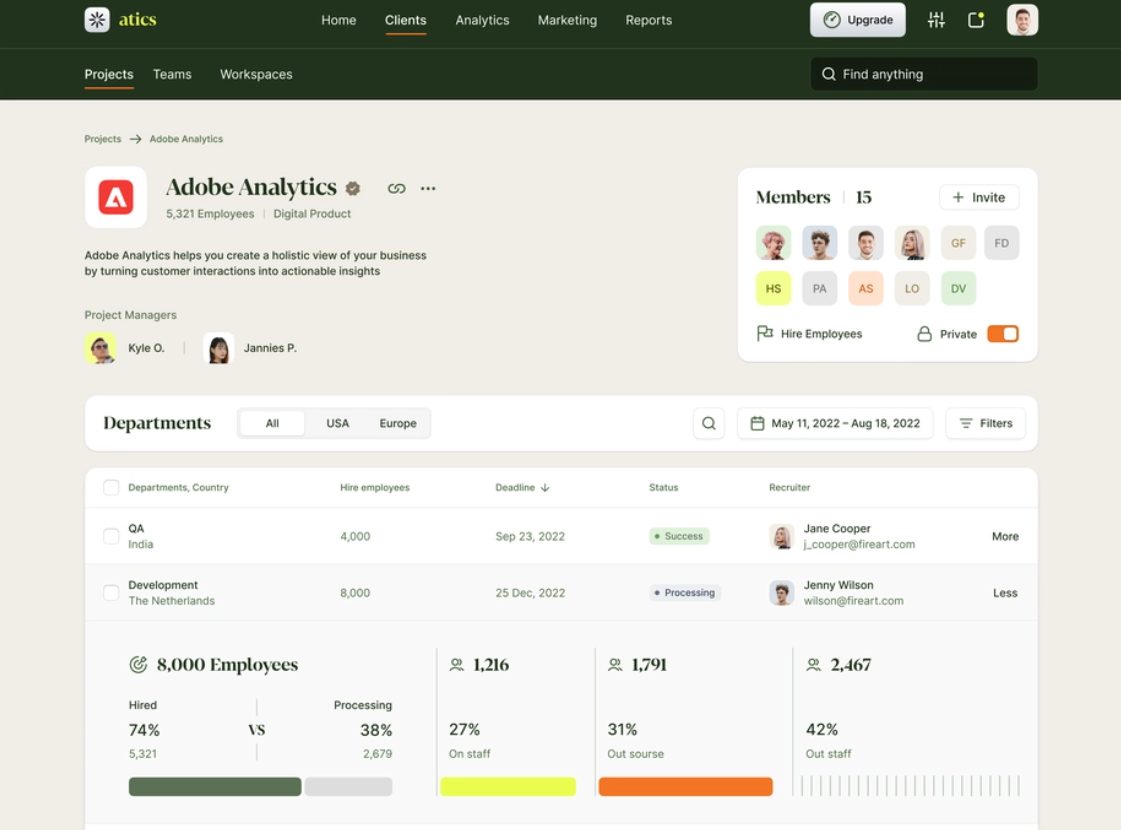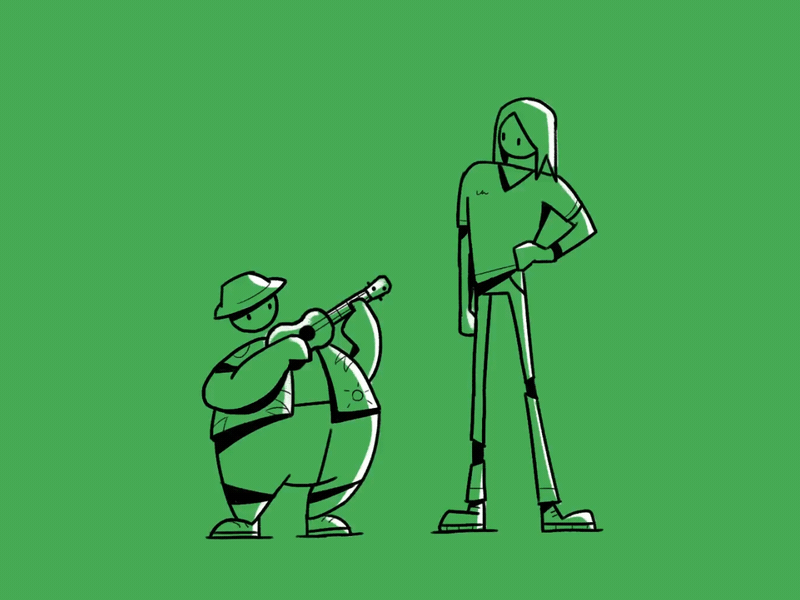Product management articles are full of useful insights on PMs, their responsibilities, their key everyday duties and so much more. Specifics of work vary from project to project. Knowledge of the market and the chosen industry, communication with clients, bringing the product to the market, mastering IT product development techniques and technical skills, having metrics and analytics of user data on the top of the mind – what else can be added? Let’s find some more insights on project management here.

What Does a Product Manager Do?
Who is a product manager, and what he or she does at work? Typically, the product manager manages the entire process from scratch to its finalization: PM is responsible for creating, bringing to market, and supporting a new project, inventing, planning, designing, launching, and improving the product, and constantly communicating with both the client and the team to achieve the ultimate level of cooperation and the brilliant result in the end.
Qualities of a great product manager
And of course, these people should have a range of qualities for that. Here are some of the key must-have traits to come in handy if you are a PM looking for a great project or for someone who’s looking for such to manage the project for themselves:
Communication
You may not have a dedicated team, but you need to understand how to communicate with the development, delegate, convey your ideas to them, broadcast the importance of tasks, etc.
Responsibility
A PM should take responsibility for the task and bring it to the end. Do not be afraid to clarify the details and ask questions of the client, stakeholders or other participants: at this stage, you will not be required to be completely independent or make decisions.
Product thinking
If you want to become an excellent PM, you have to start thinking like a product owner: take care of customers, think about business, stay business-driven, and understand technology. You should think about why you are doing this or that task, for whom, and what will be the results.
Learnability
When you are at the beginning of your career, you have a lot to learn. It’s great if you have a mentor to help build the path. Generally, for PMs of all categories the ability to find new information, study approaches, and practices, continuously learn something new, and not lose internal motivation will be very useful.
Empathy
You have to communicate a lot with different people: users, businesses, vendors, and dedicated teams. It is very important to find a common language with them, to understand their tasks and emotions and stay on one page.
Proactivity
You no longer just receive and complete tasks. You are expected to achieve KPIs, management syncs are less frequent. It is very important not only to take responsibility for the task but also to offer solutions, manage time, and new ideas.
Leadership
You make decisions, what needs to be done to achieve results is up to you and your team follows you. The strong leadership qualities of the product manager will help to develop the product in an ultimate way.
Critical thinking
We are all subject to cognitive distortions. It is very important for a product manager to take a sober look at the product and notice logical gaps in your and other people’s reasoning. You can study the main cognitive distortions with examples and tips, dig deeper into psychology, etc.
Strategic thinking
Although there are many strategizing tools, it is the ways of thinking that you classify as soft skills. You should learn to see the whole picture of the market: opportunities, threats and the place of business in future events the way business owners do.

How to bring innovation to your product: 5 useful tips
Here you will also find some product management insights on how to bring innovation to the product. Here we go:
1) Lead, not manage
Product management should first focus on business goals. Developers create technology, and the product manager must make sure that this technology helps create a sustainable business. We can and should love our customers, look for strong connections inside and outside the company, and create a productive atmosphere for the team management and the people for whom this team works.
2) Focus on business
It is smart to understand the most fundamental laws of business: not only the product itself is important in a vacuum, but also how much it costs to support and develop, how to promote and position it in the market in order to stand out from competitors, etc.
3) Stay tech-savvy
A product manager needs to understand their product. And most importantly, they know how to easily emphasize its competitive advantages and explain in detail how it works. But if you, for example, argue with developers about their algorithms, you may risk because doubt their professional expertise. In reality, you don’t have to be an engineer, but you do need to understand the development and navigate the world of technology too.
4) Divide
Sometimes the ideal alignment for your team will not lead to the ideal alignment for the business. The product manager must clearly divide the team’s contribution to the business from all the rest. Explain why the decisions of your team are important to the project and its end users. Or vice versa: adjust the team to stay in sync with other teams and the business as a whole.
5) Apply hybrid methodologies
This type of methodology requires a lot of attention to people and how they relate to each other, rather than specific processes. In the end, the product is more important than documentation.
6) Be emotionally intelligent
Extremes are always dangerous. Holding back, for fear of hurting someone’s feelings, is a trick pushing a person into a mistake. It’s easy to create a toxic atmosphere. And at the same time, nothing can replace personal communication, backed up with transparency and ultimate trust. The feeling is an abstract thing; everyone interprets them in their own way. So, the soft skills and emotional intelligence of a product manager are no less important than the hard ones to avoid mistakes in communication and understanding people’s minds.
Product management trends in 2023
Since the whole feature and essence of effective project management is all about a set of skills and knowledge that realize the business goals to the utmost, being aware of the newest tendencies additionally helps deal with the most desperate situations that arise. So, it’s high time to look at some trends in project management for 2023 that will come in handy.
Digitalization
In recent years a lot has received a significant digital transformation, which was needed to improve internal processes. Project management is no exception and today there are many online tools that perform the necessary management functions and the different types of control that can be digitized. It is a trend to choose and use any tools with user ratings and practical exercises too.
Project Management Technology Quotient or PTMQ
Software for project management is a modern trend that dictates its own rules. As the company develops, its team becomes more and more dependent on technology, but at the same time, technologically dwells on too. Understanding this and the PTMQ of project management receives an extra view of technology.
‘PTMQ approach introduces the concept of technology quotient, which means a person’s ability to integrate advances in technology for a project or organization.’ (Financesonline)
Storytelling
Every product manager is a leader, and a leader must be a good storyteller. It highlights the possibilities and potential of what is not yet there. Moreover, it may work both ways: it is important to be able to promote the product idea, but it is even more important to promote the product and its users to the developers so that to align everyone. And a good reasonable story will always do.
Hybrid approaches to project management
The classical approach implies the use of only one project management strategy. However, it may be not enough for complex projects, teams, and in other cases. Thus, in classical methodology, it is customary to use a linear approach:
- Initiation
- Planning
- Execution
- Closure
In this model, the goals are clearly set, and the emphasis is on strict control and documentation. A hybrid approach to project management is a new-age approach that may be the exact opposite because the focus is on work and flexibility in the development of specifications, innovations, and other changes.

Conclusion
Modern project management and beyond is directly dependent on technology. So, the professionals working in the field of project management or planning to engage in such activities, as well as their clients must be able to adapt, anticipate and solve any situation related to the industry in a more flexible and innovative way. It makes no sense to fight with changes, it is better to adapt to them, so follow our product management insights, and stay tuned to the industry trends to succeed. Always, feel free to approach a professional digital product agency with years of successful product design & development management for thorough help. Together, it’s easier to achieve the level of synergy enough to design and manage the products to change the world for the better.




















